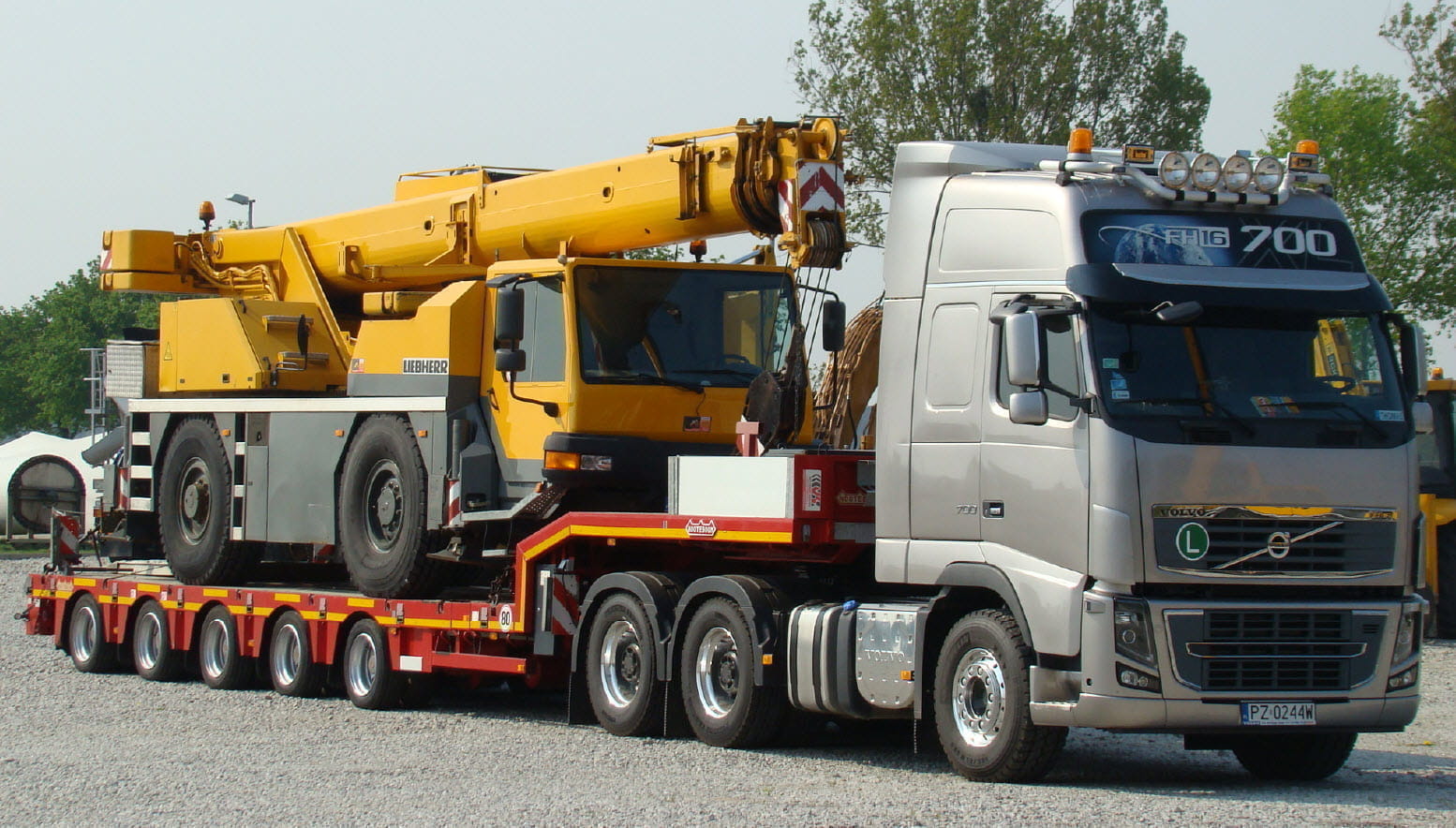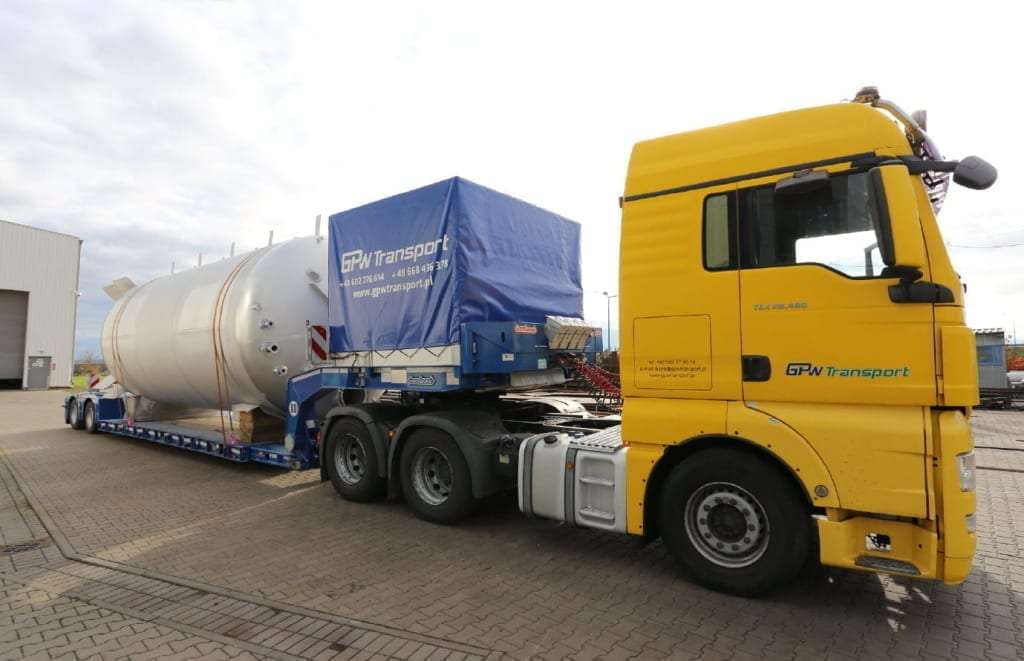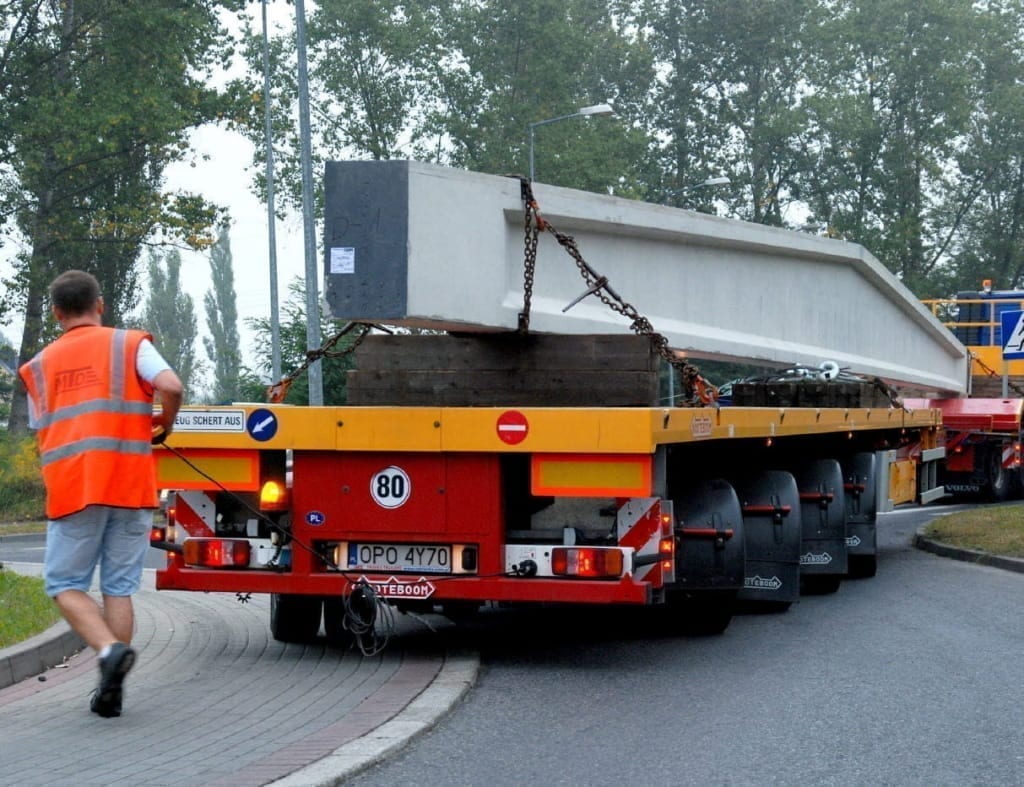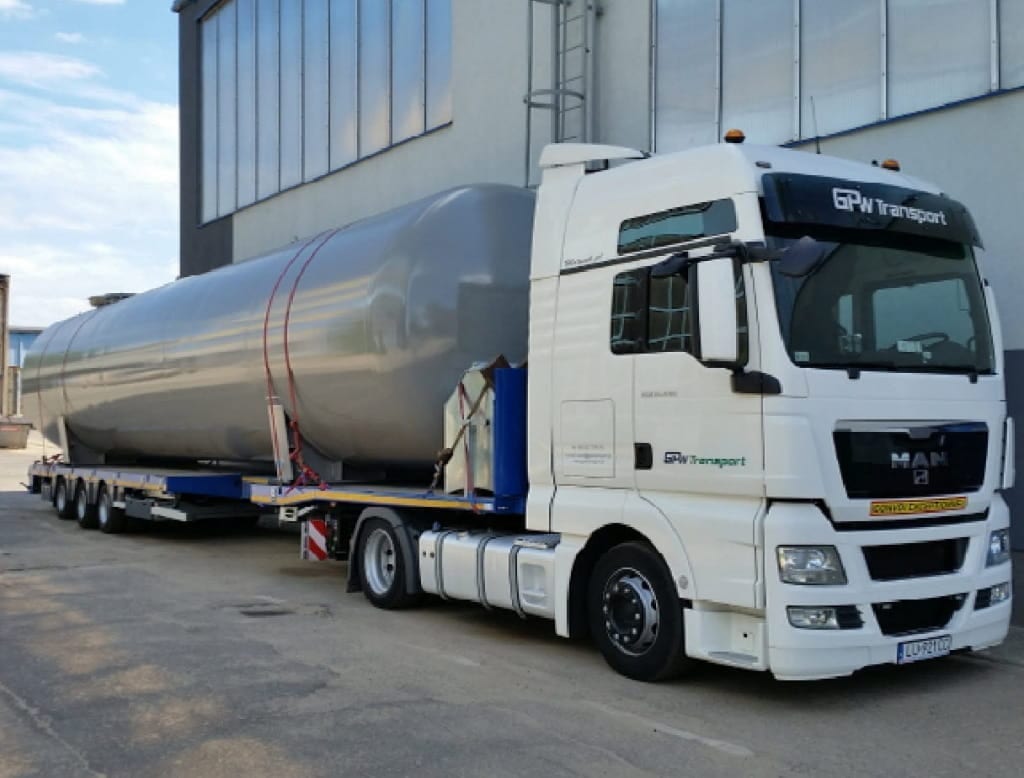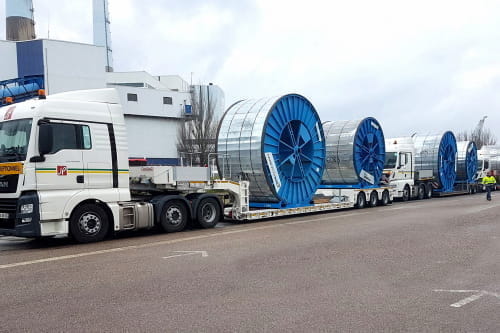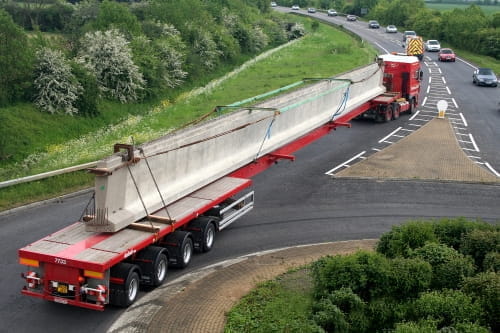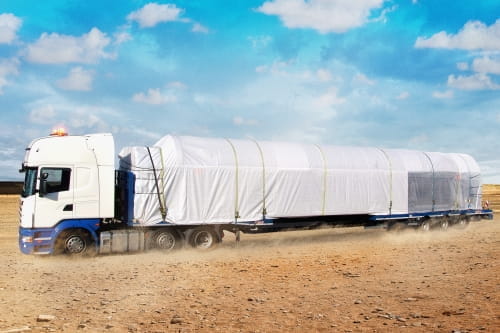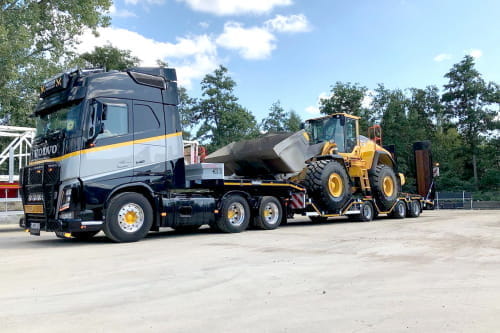Big changes in the coming years
In the period before 1989 road transport was largely regulated centrally by the government. The bulkiest and heaviest transports that were needed for the construction of the electricity network were carried out by ZTE Radom. When the wall came down in 1989 it became possible for many entrepreneurs to fulfill a long-held aspiration: to launch their own transport business. In the nineties exemptions for abnormal transports were reviewed per transport, a simple but time-consuming system.







